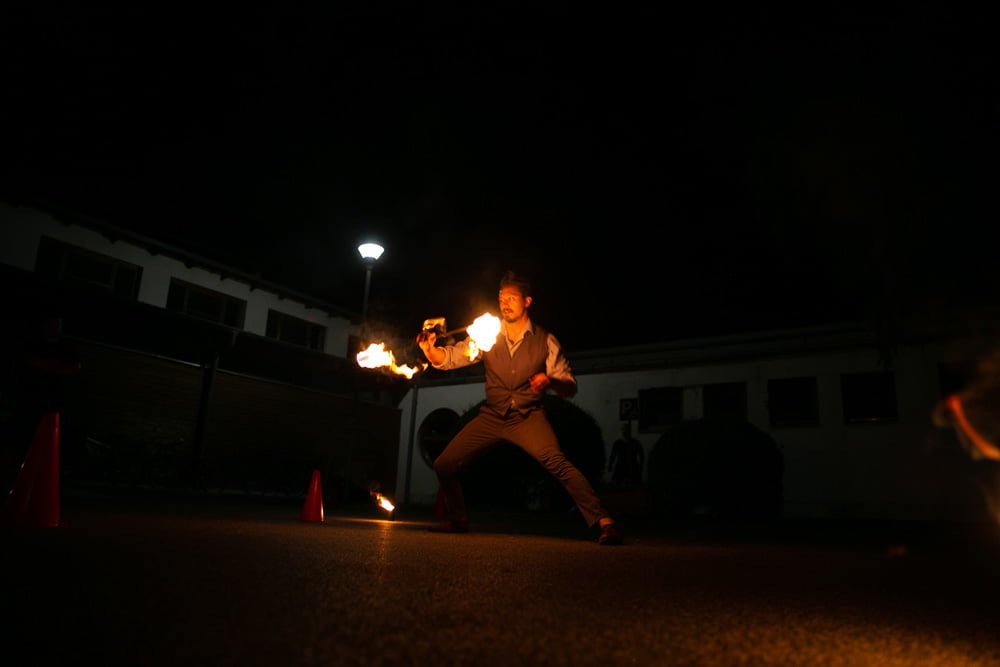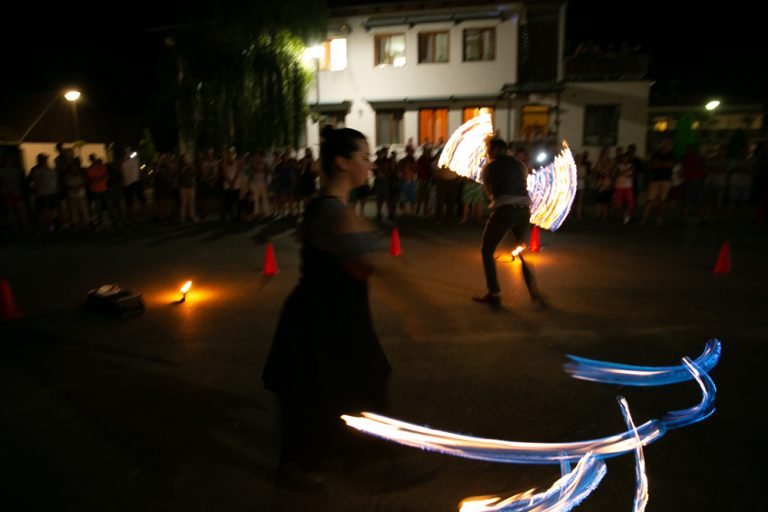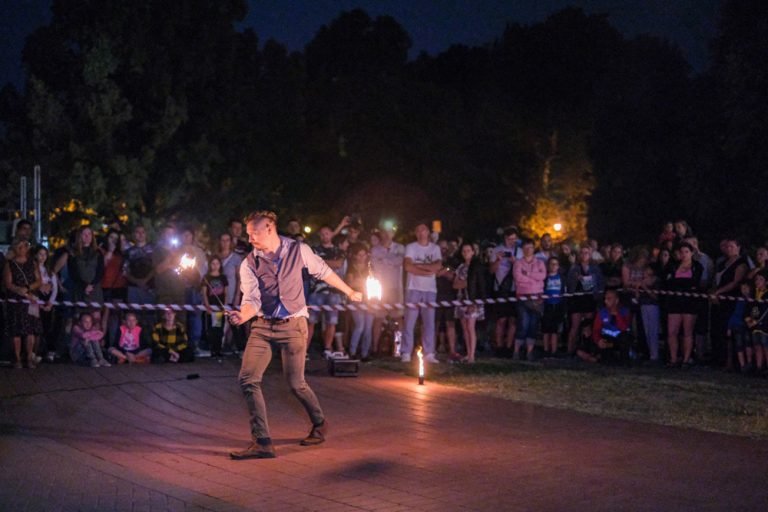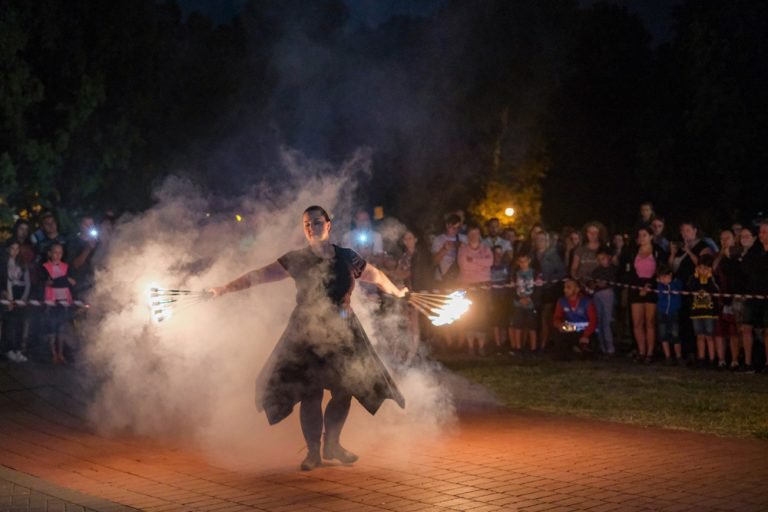Fire performance, also known as fire dancing or fire spinning, is one of the most visually stunning and emotionally charged performance arts in the world. With roots that stretch back thousands of years and a presence in cultures across the globe, fire performance is much more than just entertainment—it’s a tradition, a ritual, and a modern art form all at once. In this article, we explore the history of fire performance, tracing its origins, cultural impact, and transformation into a global phenomenon.
The Origins of Fire Performance
The earliest forms of fire performance can be traced back to ancient Polynesian cultures, where fire dances were used in ceremonies to honor gods, celebrate warriors, or mark important occasions. The Samoan fire knife dance is one of the most well-documented examples and remains a vital part of Polynesian cultural celebrations to this day.
In India, the manipulation of fire is found in traditional spiritual rituals and religious ceremonies. In African cultures, fire has long been used as a symbol of life force, energy, and transformation. Across ancient civilizations, fire was often regarded as a sacred element—both feared and revered—used to connect with divine forces or ward off evil spirits.
“From ritual to entertainment, fire has always held a place of power in human storytelling and celebration.”
Cultural Significance Around the World
Fire holds symbolic weight in nearly every society. In some traditions, it represents purification, rebirth, and transformation. In others, it symbolizes destruction, passion, or divine presence. These layered meanings have shaped how fire is used in performance contexts, often blending art with ceremony and myth.
- Hindu rituals: In many Hindu practices, fire is a central element in ceremonies such as yajnas and aartis, used to honor deities.
- Japanese festivals: The “Hi-Matsuri” or fire festivals involve torch processions to purify towns and usher in protection for the new season.
- Caribbean and Latin American traditions: Fire is often used in spiritual dances rooted in African and indigenous heritage, symbolizing ancestral energy and transformation.
These deep cultural ties have helped preserve fire performance across generations, keeping it alive as both art and legacy.
The Evolution of Fire Arts
While its roots are ceremonial, fire performance has evolved into a globally celebrated performance art that blends dance, acrobatics, music, and visual storytelling. Contemporary fire artists use props such as:
- Fire poi: Swinging tethered flaming weights in rhythmic patterns
- Fire staffs: Twirling or balancing rods with flames at both ends
- Fire fans: Elegant, sweeping flames accentuating hand movements
- Fire hoops and swords: Integrating martial arts and circus arts techniques
Modern performances often incorporate LED lighting, electronic music, and theatrical choreography, blending traditional techniques with high-tech innovation. The fusion of movement, danger, and spectacle continues to draw large crowds at festivals like Burning Man, Flow Fest, and countless cultural celebrations worldwide.
Fire Arts in the 21st Century
Fire performance is now recognized as a legitimate profession and creative discipline. Artists undergo rigorous training in movement, safety, and technical handling of props. With the rise of social media and video platforms, the art form has reached a broader audience, inspiring thousands to pick up poi, staff, or fans and join local communities.
“What was once passed down through ceremony is now shared through global platforms—keeping the flame alive and spreading its light further than ever.”
The Future of Fire Performance
Looking ahead, the future of fire performance is bright—both literally and figuratively. As safety gear becomes more advanced and training resources become widely accessible, artists can push creative boundaries while minimizing risk. Some exciting trends include:
- Integration with digital art: Combining fire with projection mapping or augmented reality
- Cross-disciplinary collaborations: Fire artists teaming up with musicians, aerialists, or spoken word performers
- Sustainability in fuel choices: Using cleaner-burning fuels and reducing environmental impact
The spirit of fire performance—risk, beauty, and transformation—continues to evolve in new and exciting directions.
Conclusion: Honoring the Flame
From sacred rituals in ancient temples to center stage at international festivals, fire performance has come a long way. Its rich history, cultural depth, and artistic evolution make it one of the most captivating and meaningful performance arts today. As you witness a fire dancer move through flames with control, elegance, and intensity, you’re not just seeing entertainment—you’re watching history burn bright before your eyes.
Want to bring the magic of fire arts to your next event? Book a performance with Hestia Fire Dance and experience centuries of passion, ritual, and artistry in one unforgettable show.




